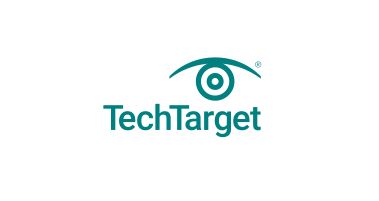A headless server is a computer that lacks a local interface for direct interaction. Instead of having a monitor, keyboard, and mouse, headless servers rely on remote management tools for operation. The majority of servers found in modern data centers are headless, offering various advantages such as lower cost, higher density, and ease of maintenance.
Interacting with a headless server can be done through various tools, including cloud servers, remote desktop protocol, process automation tools like Ansible and Puppet, infrastructure provisioning tools like Terraform, and workload containerization tools like Docker and Kubernetes.
To learn more about headless servers, compare different management tools, understand server hardware types, and explore lights-out management capabilities for remote server control. This information was last updated in July 2024.









